Do you sometimes feel like you're swimming in a sea of projects and don't know how to prioritize your work? You can make all your projects visible and your long-term objectives clear with project prioritization templates, while getting quick access to assignment descriptions, project milestones, and critical success factors.
Start every project on the right foot using these unique templates for project kickoff meetings, as well as assigning priorities to goals in order of importance, and more.
1. Idea Prioritization: Action-Priority Matrix by Someka
The Action-Priority matrix, alternatively known as the Impact-Effort Matrix, is a simple tool that helps align teams around the most important ideas. Great for start-ups, small businesses, and nonprofit organizations, the template easily ranks ideas based on important considerations such as staffing, resources, momentum, cost, and overall effort and impact.
The template is organized into an effort and impact/importance matrix, which ranks each idea based on its success into one of four scenarios (High Effort-High Impact, Low Effort-High Impact, High Effort-Low Impact, or Low Effort-Low Impact). This framework will help you make more informed decisions about where to put your time and resources.
Download: Someka (Free, available as an Excel file)
2. Goal Prioritization: SMART Goals Worksheet by Vertex42
Setting SMART goals not only helps you shape your long-term plans but allows you to put your best work into your most ambitious projects. It offers a cost-effective way to help you meet the objectives and goals of your organization.
A SMART goal should encompass all the following:
Specific: The goals should be well-defined and stated clearly.
Measurable: There should be a definitive way to measure if you have accomplished the goals, in terms of quantifiable success metrics.
Achievable: You need to ensure that the goal is not impossible to complete.
Relevant: The goals should be realistic and relevant to your project objectives.
Time-Bound: Goals should be time-bound and include target dates for setup and completion.
Use this template to create a plan to reach project goals. This is a great way to record both short and long-term goals, deadlines, measures of success, references, or resources used, and strengths and skills used for meeting project objectives.
Download: Vertex42 (Free, available as an Excel file)
3. Workflow Prioritization: Eisenhower Matrix Template by Someka
Conceptualized by former US President Dwight D. Eisenhower, the Eisenhower Matrix is a great way to organize and prioritize your projects. The Eisenhower Matrix, also known as the Urgent/Important Matrix, is a tool that organizes tasks into four categories based on urgency and importance. The four categories of tasks are:
- Urgent and important tasks are the items that are both urgent and important and should be addressed immediately, such as priorities, emergencies, and deadlines.
- Not urgent, but important tasks are items that are important but not a priority, such as writing a journal, shopping activities, etc.
- Urgent, but not important tasks are activities that are not necessarily important but are urgent such as phone calls, texts, emails, etc., that you will respond to when you get the chance.
- Not urgent, not important tasks include tasks that are not urgent or important as they will not help you reach your goals.
It provides the framework for planning the sequencing of activities, thereby ensuring that you are working on the right things at the right time. You can analyze priority tasks, avoid unnecessary tasks, cut down on distractions, and also prepare for contingencies.
Download: Someka (Free, Available as an Excel file)
4. Incident Prioritization: Incident Priority Matrix by Smartsheet
An incident is a disruptive event that adversely affects the achievement of a project's objectives. Incidents can happen at any time, from a prolonged power failure caused by a natural disaster to malfunctioning equipment or software.
Using an incident priority matrix is a structured approach towards handling incidents while handling the many components of the incident. This is usually an invaluable tool for managing IT service requests.
Every organization has different priorities for risk and disaster recovery. Use the template to assign priority colors to each service request, based on whether it's an essential, critical, moderate, or minor incident, and then track progress through your organization's workflow.
With an easy-to-use system for tagging incidents and structured fields for storing relevant information—you can focus on speedier resolutions while ensuring that your customers are satisfied.
Download: Smartsheet (Free, Available as an Excel template)
5. Product Prioritization: RICE (Reach, Impact, Confidence, Effort) Template by Intercom
The RICE model helps you and your team evaluate the priority of an initiative. This methodology is great for providing clarity around the direction of product features, allowing teams to make better decisions earlier in the process.
Under the framework, Reach is defined by the percentage of prospects that would be able to use your product, usually measured in terms of “transactions per month” or other similar metrics. The next step would be to evaluate the impact of feature sets, actioned by your users. Based on the insights you gather, you will be able to prioritize one over the other. It leads you to invest in product features that increase conversion rates or enhance customer experiences.
The Confidence estimator lets you define a confidence scoring system to evaluate your team’s estimates and determine some sort of consensus ranking. This tool tells the team what is likely and reasonable, rather than giving more weight to irrelevant or ill-defined opinions or ideas.
When it comes to Effort, your project will likely take months to complete, so it's critical to make time and work estimates for each phase of the project, including design, development, and testing. It helps you focus your energy to avoid wasting time on low-value activities that lead to results that aren't optimal or simply “good enough”.
Download: Intercom (Free, available as an Excel file)
6. Daily Task Prioritization: To-Do List Template by Smartsheet
When you’re working on multiple projects, it can be hard to keep your tasks organized on a daily basis. By listing important tasks that keep you on track, you can complete projects effectively while organizing all the mandates posed to you by your superiors, clients, colleagues, and other stakeholders.
This to-do list template helps you create a priority list of tasks involved in your project, and keep track of due dates, milestones, and deliverables as you go. You can always go back and add more as the project unfolds—or remove or change tasks if they need to be modified. You can also create sub-tasks later, so you’re well-prepared if some of your tasks are too complex.
Download: Smartsheet (Free, available as an Excel file)
Improve Project Prioritization and Management
Project prioritization templates provide a clear and systematic means of identifying and selecting projects for greater efficiency and effectiveness. They will speed up the process of researching and developing each project by providing a skeleton framework to use with immediate effect.
Further, you can also avoid the risk of bias, encourage collaboration, and ensure the selection of the highest-priority projects for limited resources. Keeping these templates consistent with all projects is guaranteed to improve productivity, project success rates, and the overall quality of work.


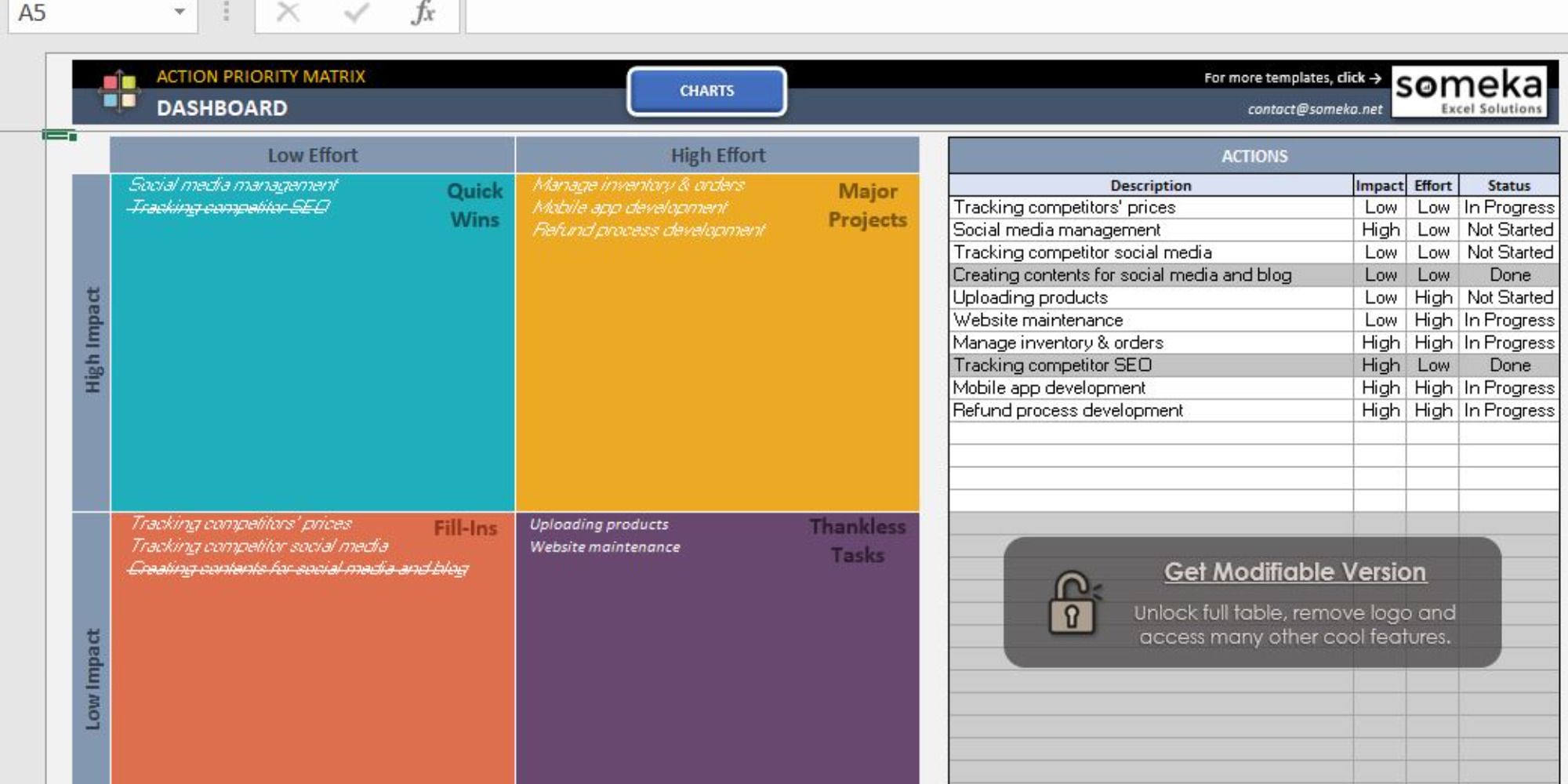
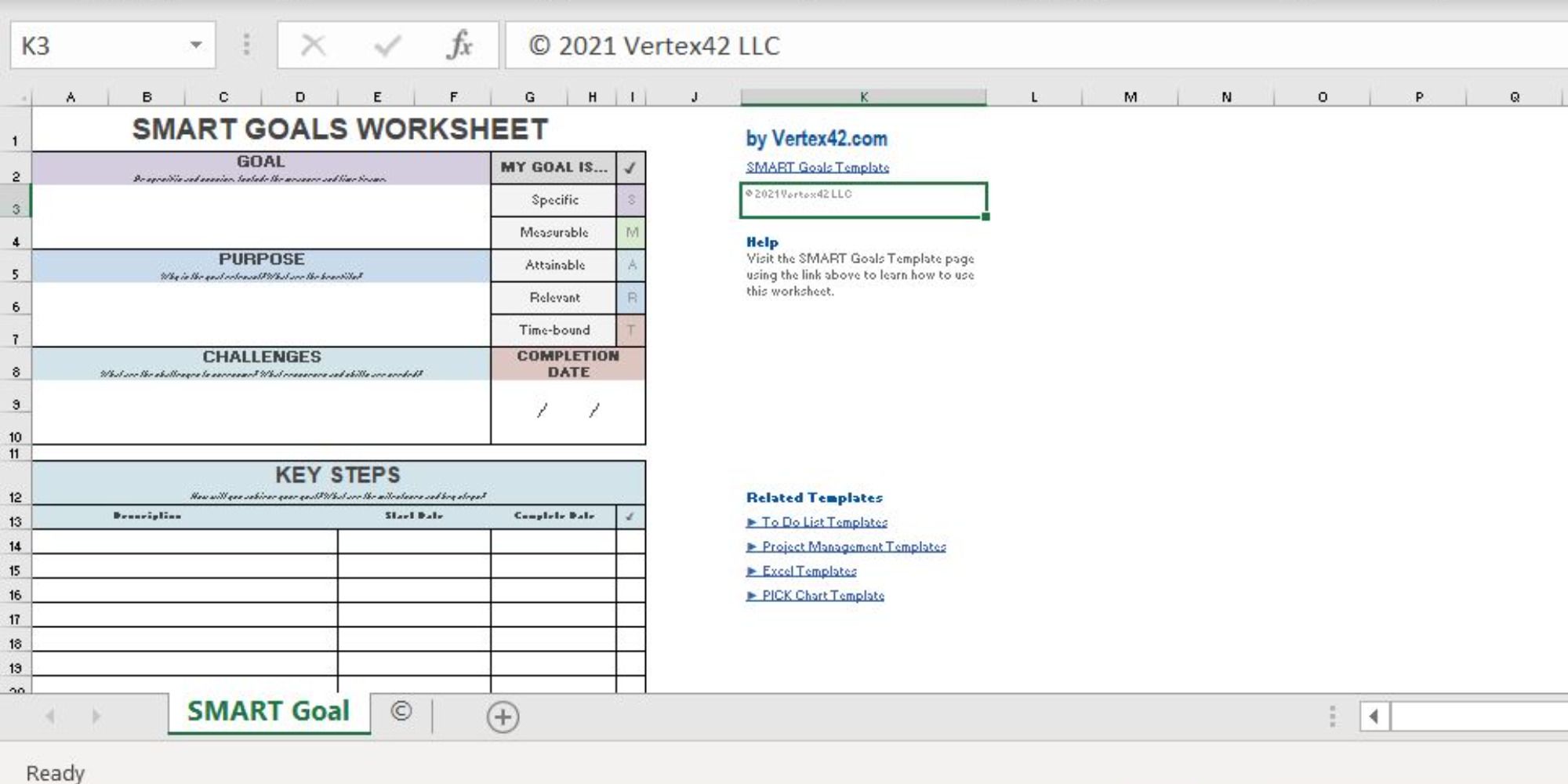
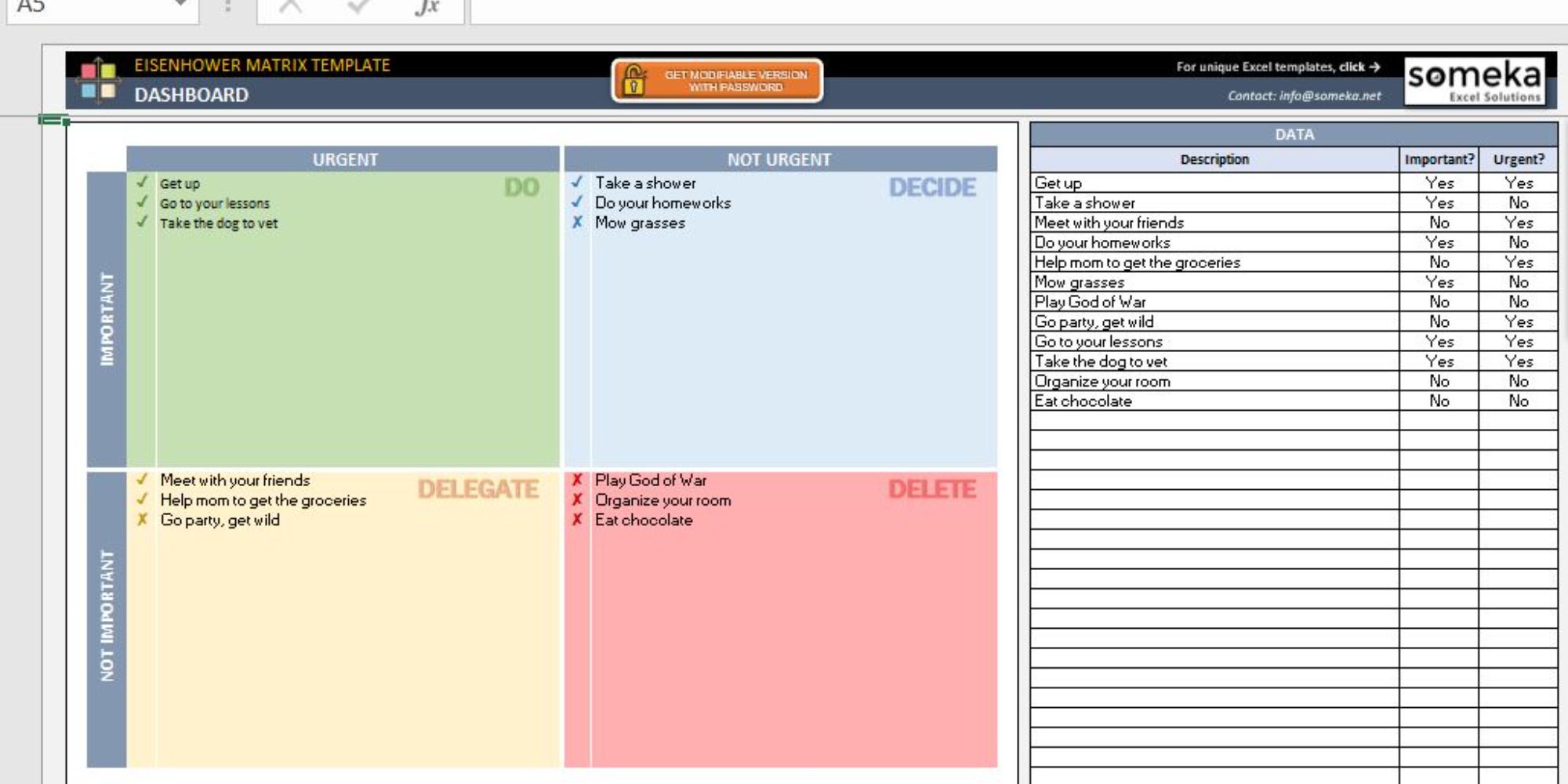
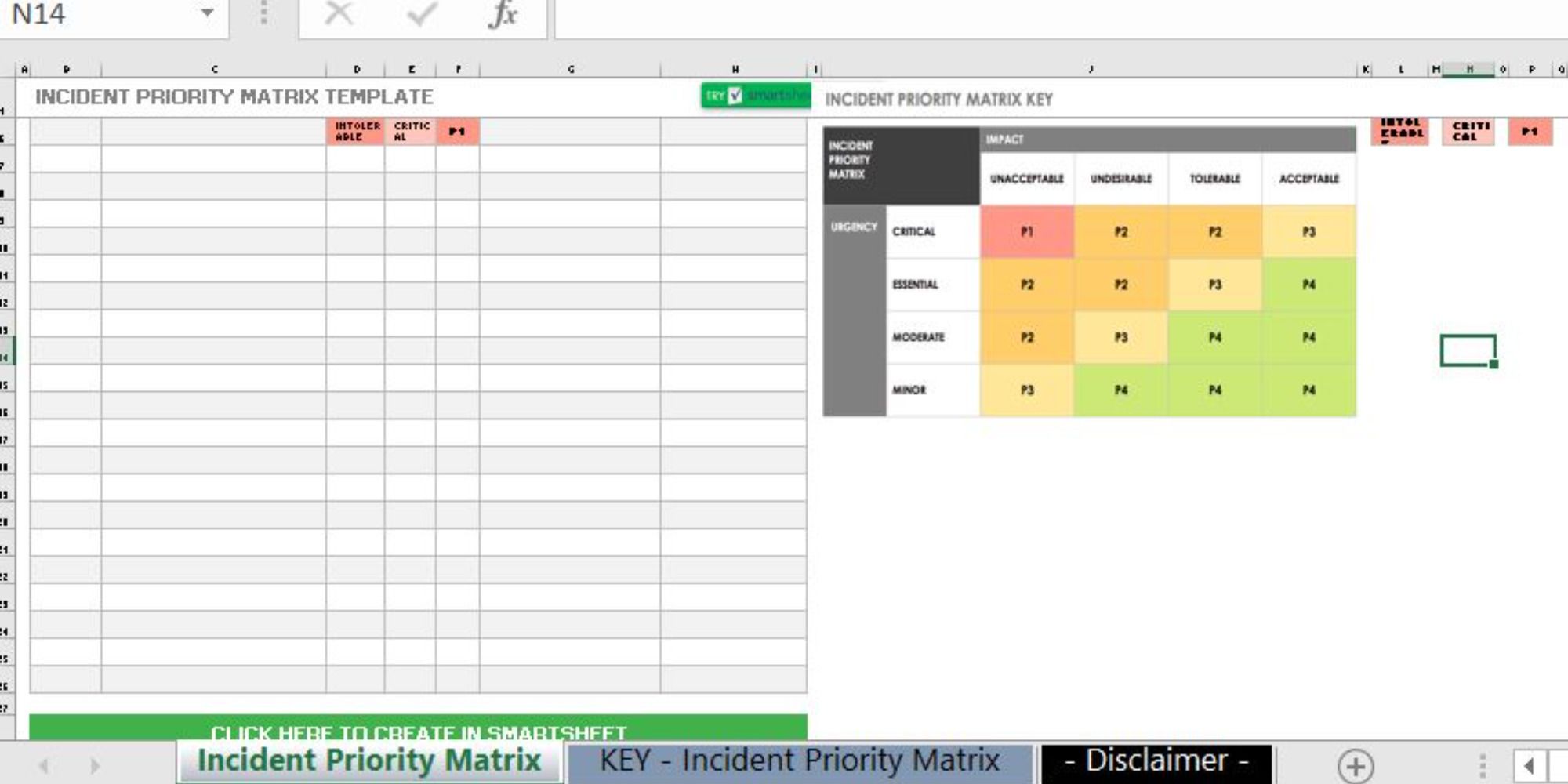
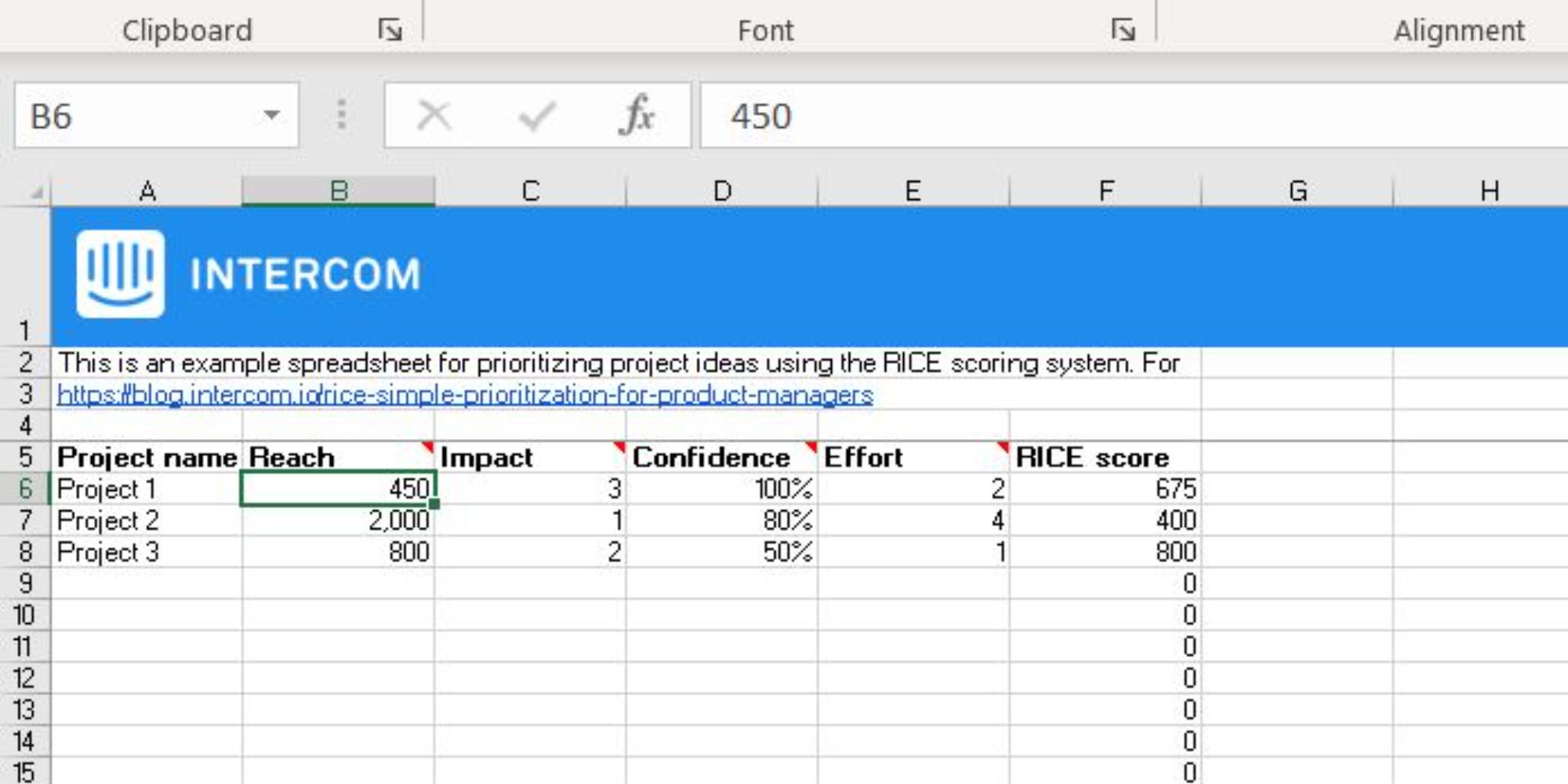
.jpeg)